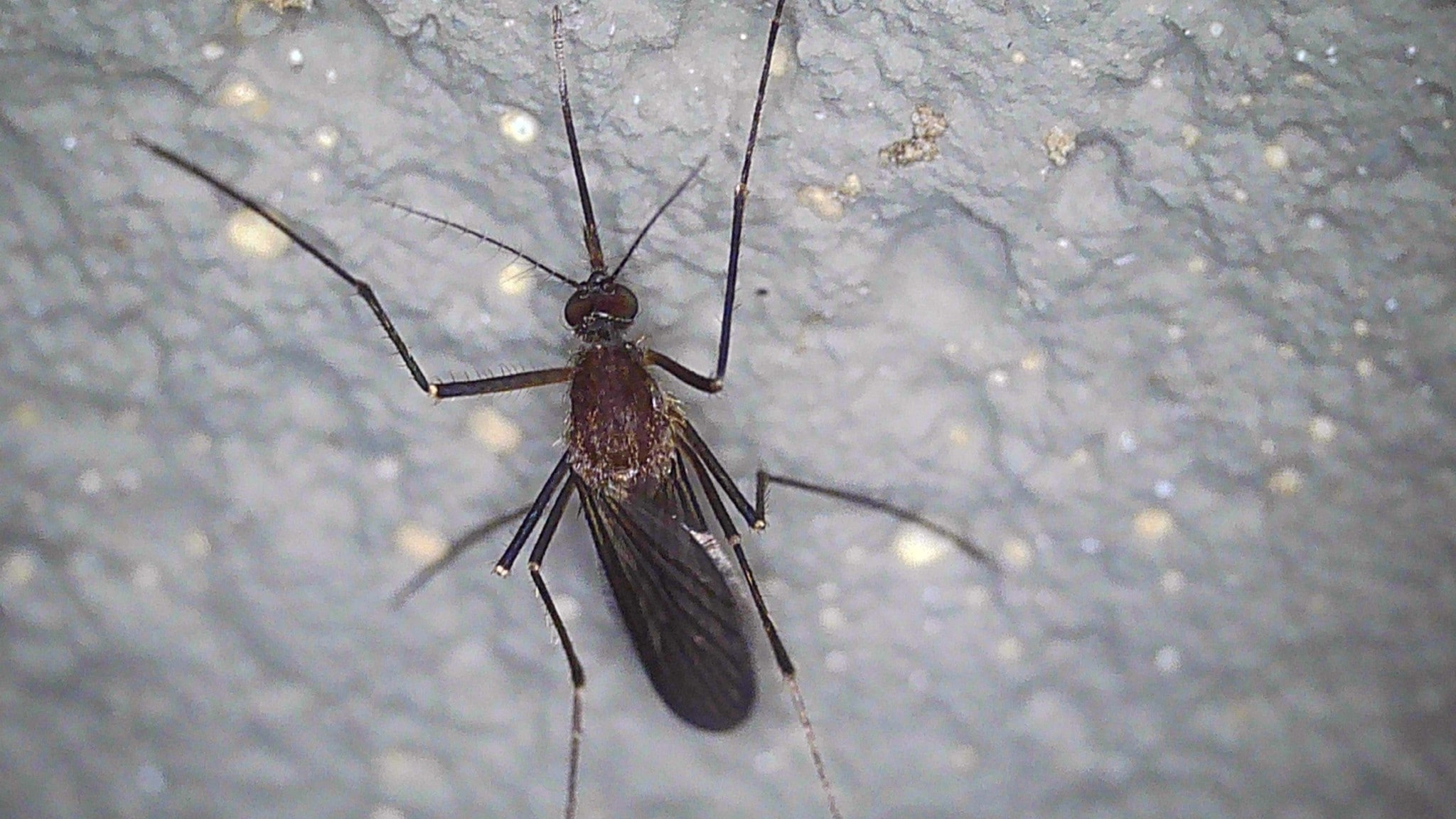Key points
- Cache Valley virus disease (Cache Valley) is caused by a virus typically transmitted through the bite of an infected mosquito.
- Cache Valley virus circulates in the environment between mosquitoes and certain animals (e.g., deer).
- People do not spread the infection other than rarely through blood transfusions.

Primary cause
Cache Valley is caused by a virus that is found throughout parts of the United States, Canada, Central America, and the Caribbean.
How it spreads
- Cache Valley virus circulates in the environment between mosquitoes and animals, typically deer, cattle, horses, and sheep.
- Cache Valley virus has been found in many types of mosquitoes, but it is not known which species are the main ones that spread the virus to humans.
- People are considered "dead-end" hosts. This means they do not spread the virus, even though they get sick, to mosquitoes that bite them.
- The virus is not transmitted from person-to-person, except rarely by blood transfusion. Because the virus can be transmitted through blood, persons who were recently diagnosed with Cache Valley virus infection should not donate blood and bone marrow for 120 days following infection.
- Cache Valley virus is not spread by coughing, sneezing, touching, or other contact with someone who is infected.
For Public Health
Transmission
- Thumbnail image by Stephanie Campbell
